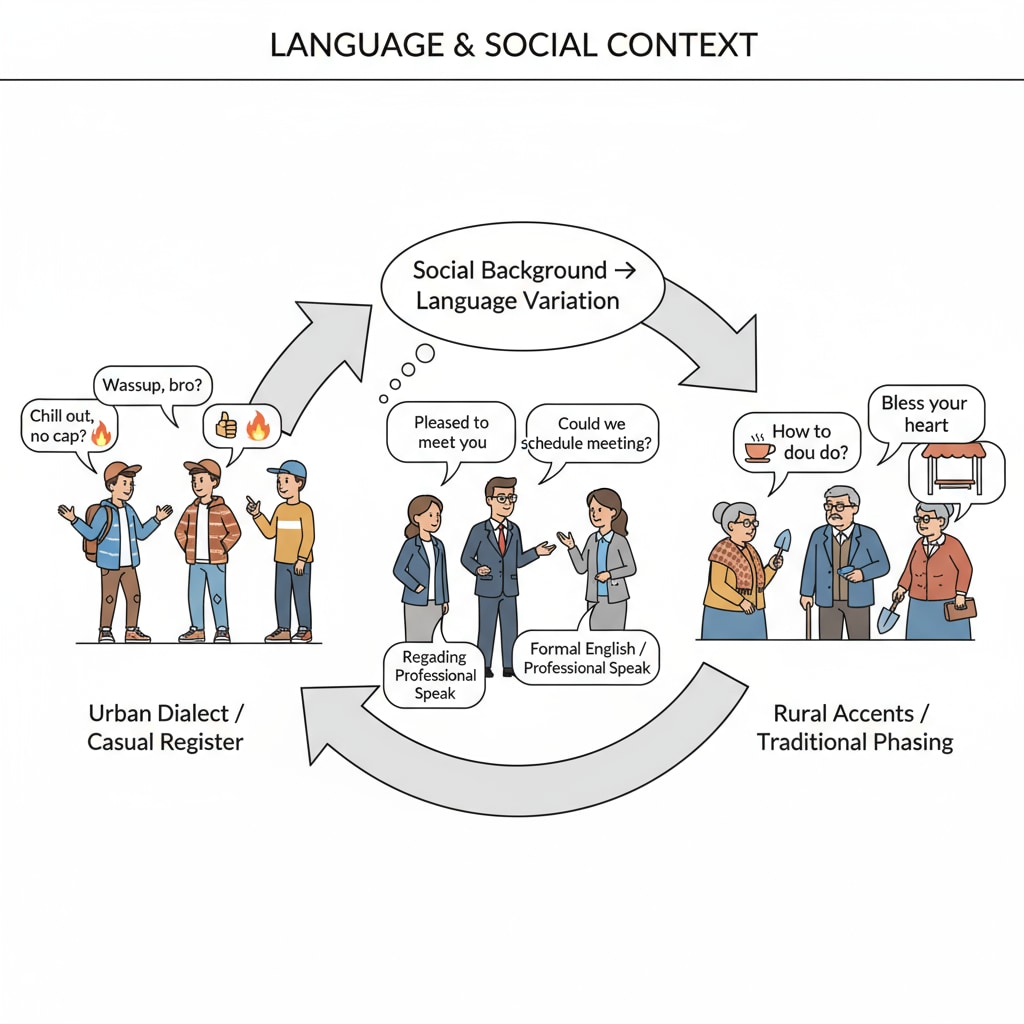In the realm of novel writing, the elements of character authenticity and writing style play pivotal roles. Crafting characters, especially those with limited education, in a way that rings true is a challenge many novelists face. This article delves into effective methods to authentically represent such characters in novels.
Understanding the Link between Language and Social Background
Language is deeply intertwined with one’s social background. For individuals with limited education, their language use often reflects their life experiences, cultural environment, and educational attainments. For example, they might use more colloquialisms (informal expressions common in a particular region or group) and less complex sentence structures. By understanding this connection, novelists can better capture the essence of these characters. Language and Society on Wikipedia

Developing Authentic Dialogue
Dialogue is a powerful tool for revealing character. When writing for characters with limited education, use simple vocabulary and straightforward sentence structures. Avoid jargon (specialized terminology) and overly complex grammar. For instance, instead of “I am contemplating the implications,” a character might say “I’m thinking about what it means.” This not only makes the character more believable but also adds to the story’s authenticity. Literature on Britannica

Another aspect is to incorporate regional accents or dialects. These can further emphasize the character’s background and make them stand out. However, use them sparingly and accurately to avoid caricature.
Readability guidance: Keep paragraphs short to maintain clarity. Use lists when presenting multiple points. Ensure that the majority of sentences use active voice for a more engaging tone. Incorporate transitional words like “however,” “therefore,” and “for example” to improve the flow of the article.


